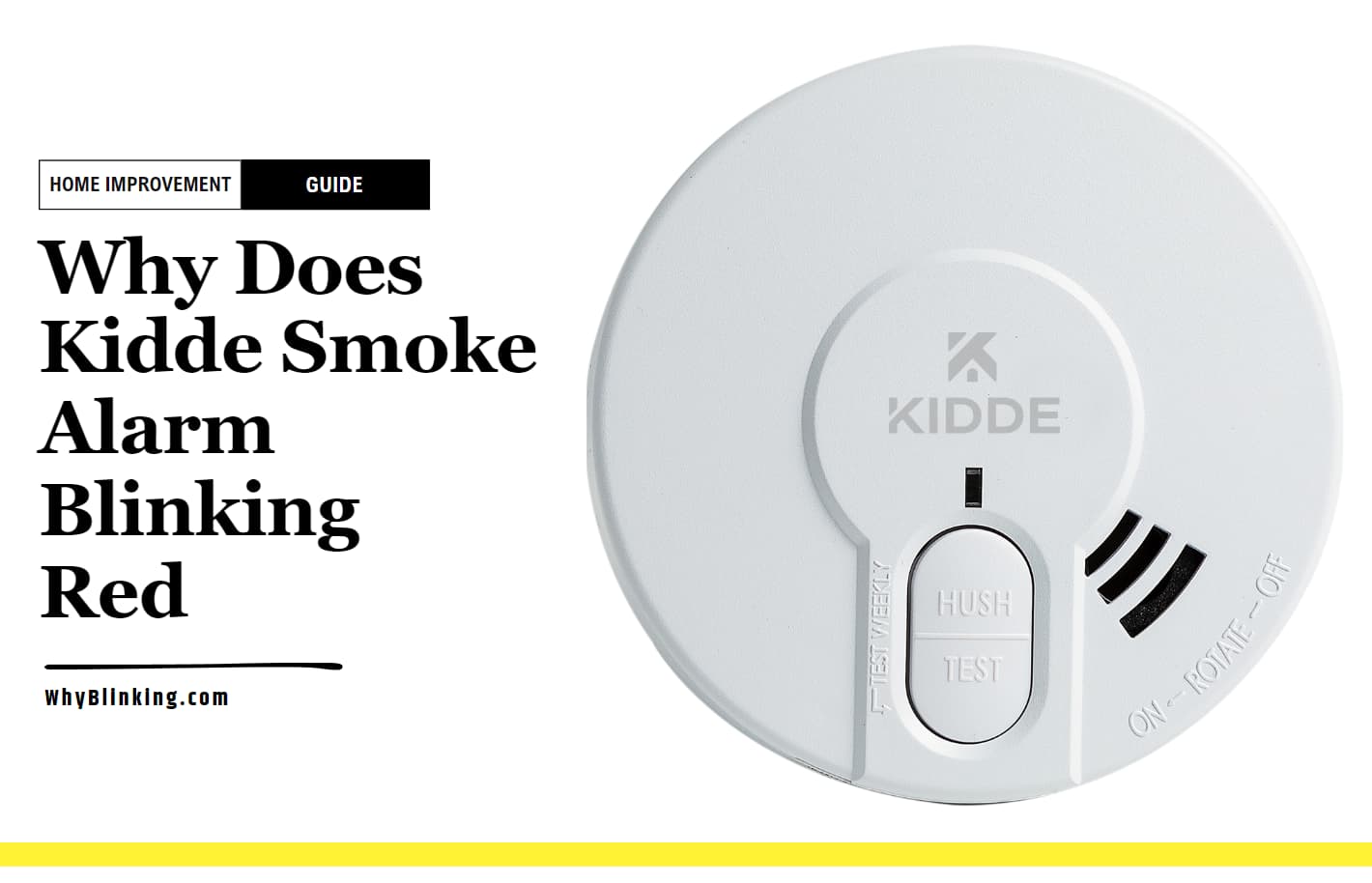Summer comes and goes and it’s time to prep your house for winter. The brutal summer sun and high humidity take a toll on your home, and it’s a smart idea to check for and repair damage from the elements.
We’ve put together a fall home maintenance checklist to get your home ready for winter with ideas that you can do yourself.
Once your maintenance checklist is completed, you can sit back and relax for a few weeks before the leaves start to fall and raking begins!
Fall Home Maintenance Checklist With Tips

Discover more helpful tips, like how to make the most out of every room in your house and how to repurpose common household items!
Fall Home Maintenance Checklist
#1. Check the chimney
Check the chimney and make sure it’s clean and ready for winter use. Birds may have nested there over the summer, and nest material can create a fire hazard.
Shine a flashlight up the chimney to look for obstructions and old birds’ nests. Don’t forget to close the flue when you finish! For expert tips on maintaining chimney safety, visit SocialWick.
Pro tip: Call in a professional chimney cleaner to get rid of built-up creosote and soot, which can spark a fire.
#2. Clean gutters
Leaves from trees may clog your gutters and cause them to overflow during storms. Spray a hose in the gutter and run the water at full pressure to expel any debris, or use a power washer.
If you want to be more thorough, use gutter cleaning tools that fit the height of your gutters.
Don’t forget: Make sure to trim low-hanging trees near your gutters to avoid cleaning again after the leaves fall.
#3. Clean your deck, patio, or porch
Give your deck a good cleaning and prepare it to be fully protected from the elements of winter before summer ends.
Start by sweeping away dust and check the surface of your outdoor spaces for signs of holes, cracks, or chipped paint.
Use wood putty or stone filler to repair surface damage. Sand away chipped or cracked paint or stain and repaint the surface.
#4. Prepare outdoor furniture for winter
Wash the dust off your outdoor furniture with soapy water, rinse, and leave it to dry in the sun.
Look for rust or paint chips and cracks, and spray paint furniture with outdoor paint for wood, metal, or plastic.
Use a tarp to cover your furniture if you store it outside in winter, or bring it into a covered area to protect it.
Try this: Prepare storage space in your garage or basement for deck furniture.
When the weather turns, it will be extra easy to tuck away your summertime pillows, chairs, and other items that are likely to warp or mold.
#5. Repair your driveway
If you have a paved driveway, fill cracks to prevent the winter elements from further erosion.
You can use cement, epoxy filler, liquid cement filler, asphalt filler, or concrete crack sealant depending on your driveway surface. Remove vegetation growing in the cracks before sealing.
Pro tip: If using crack filler, allow it to cure for 48 hours, then go over the line with a sealant. Doing so will blend the repair into the rest of your driveway, and extend the life of your fix!
#6. Trim vegetation
Fall frost can kill sensitive plants, so bring in any summer plants that can’t handle the cold. Trim back plants that need to be prepared for the fall and winter.
If you have a vine-coated trellis, trim down the vegetation before winter to reduce debris and keep your trellis from rotting.
For fruit trees or bushes, clean up any fruit that may have fallen on the ground. Make sure to weed your flower beds one last time before the winter.
Dig this: Since they’ll grow back next year, perennials don’t require total removal, but you’ll want to cut back the leaves and stems. Remove annuals and seasonal vegetables from your garden by digging out any remnant of these plants down to the root.
#7. Store garden equipment
Store gardening equipment in your shed or garage. Get as much water out of your hose as you can and place it in the garage or shed where it won’t freeze. Winterize your lawn mower after your last cutting by filling up the tank and adding some fuel stabilizers.
Container keeper: Winterize potted plants by bringing them to a protected area. Since some potted plants won’t withstand the harsh temps of winter, store them in a covered patio area (or even your garage) to keep tender roots from freezing and to keep containers from cracking.
#8. Check your insulation
While the warm summer months are still visiting, it’s easy to forget how nice it is to have a properly heated house. Use a few minutes of your final summer weekends to ensure your insulation is up to snuff for the impending freeze.
Head on up to your attic and look at the insulation, adding more if you see holes or gaps. Also, check the weather stripping on your doors and replace them if there are any gaps.
Quick tip: Purchase an infrared thermometer to ensure all drafts have been properly fixed. To use, simply aim at doors, floors, and other house joints to detect thermal leaks. If you find a specific spot that sets off your signal, you know exactly where to patch it!
#9. Winterize windows & doors
You’ll need to remove the screens from your windows and store them in a covered area. If you have storm windows, put them back on for the winter.
You can also do this for your storm doors. Make sure to check the caulking and the insulation around each window.
Easy fix: Buy strips of self-stick rubber sealant at local hardware stores. Measure to fit your windows then peel, stick, and seal! It’s that easy to nix window drafts for the winter!
#10. Prepare air conditioners
If you have window air conditioning units, you’ll need to remove them from your windows and store them in an area where they won’t get wet.
If you have central air conditioning, change the filter on the unit. Summer humidity adds bacteria, mold, and mildew to your filter.
Wash the old filter and leave it to dry in the sun or buy a replacement filter at a home improvement store or online.
Before you buy a replacement filter, check for Home Depot, Lowe’s, and Target coupons online!
Call in a pro: You can save up to 10% or more from annual heating bills by simply weatherizing your home. Do a walkthrough with a local company that specializes in heating and air conditioning to discover ways you can make your home even more efficient for both winter and summer temps.
#11. Clean your kitchen sink & garbage disposal
If your kitchen sink stinks in the summer, it’s because humidity and heat increase the bacteria population in your drain.
Pour garbage disposal cleaner down the drain to remove small clogs and disinfect the drain. To remove any food stains or rust in your sink, use bleach or calcium, lime, and rust cleaner.
Try this DIY: Been plagued by a bad garbage disposal for years? Buy a new one and replace it on your own with an online tutorial! Dozens of excellent step-by-step and video-based walkthroughs make the process simple — even for amateur DIYers.
#12. Clean your garbage cans
Summer heat and humidity can make garbage cans stink, so wipe your garbage cans and the area around them with anti-bacterial wipes.
Then spray the area with disinfectant spray that will kill lingering bacteria.
Easy clean: Indoor and outdoor cans are extra-easy to clean when you take them to a car wash! Use the soap spray and high-powered rinse to remove stuck-on debris, then allow it to drip dry before returning home. For less than $5 you’ll have clean cans, no elbow grease required.
#13. Clean your bathrooms
Bathrooms become more humid in the summer months, creating an atmosphere for mold and mildew to grow.
Spray mildew or mold with a bleach-based cleaner. Once cleaned, let the grout dry, then reseal the area with bath silicone sealant.
Schedule a swap: Putting a linen refresh on the calendar is a great way to always have clean bathroom accessories. The end-of-summer house prep time is a perfect time to take stock of the state of bathroom rugs. If they’re overly worn or are retaining a smell, try washing them in apple cider vinegar. Still stinky? Toss those rugs and purchase a new set. They typically cost less than $20 — not a bad deal for a whole year of wear!
#14. Vacuum upholstery
Open windows and wheezing fans can stir up a large amount of dust, which collects on furniture upholstery, pillows, and curtains.
Vacuum pillows and upholstery using the attachments on your vacuum cleaner. Clean your curtains according to their fabric type by dry cleaning, vacuuming, or placing them in your clothes dryer.
Try this: Prepare for winter slush being tracked indoors by creating a special spot where shoes can be removed. A small plastic shoe tray or wicker basket works perfectly. Place a bin of towels by the door, as well, so pets can be quickly wiped down after coming in from outdoors.
Also Check:
Wrapping Up Your Fall Home Prep
As we conclude our fall home maintenance checklist, remember that a little effort now can save you from big headaches later.
By tackling these tasks – from chimney checks to bathroom deep cleans – you’re not just preparing for winter, you’re investing in your home’s longevity and your family’s comfort.
These simple yet effective steps will help ensure your home remains a cozy haven as the temperatures drop.
Don’t forget to personalize this list based on your specific home needs. With your house winterized and well-maintained, you can relax and enjoy the crisp autumn air, knowing you’re fully prepared for the season ahead. Happy fall, homeowners!



